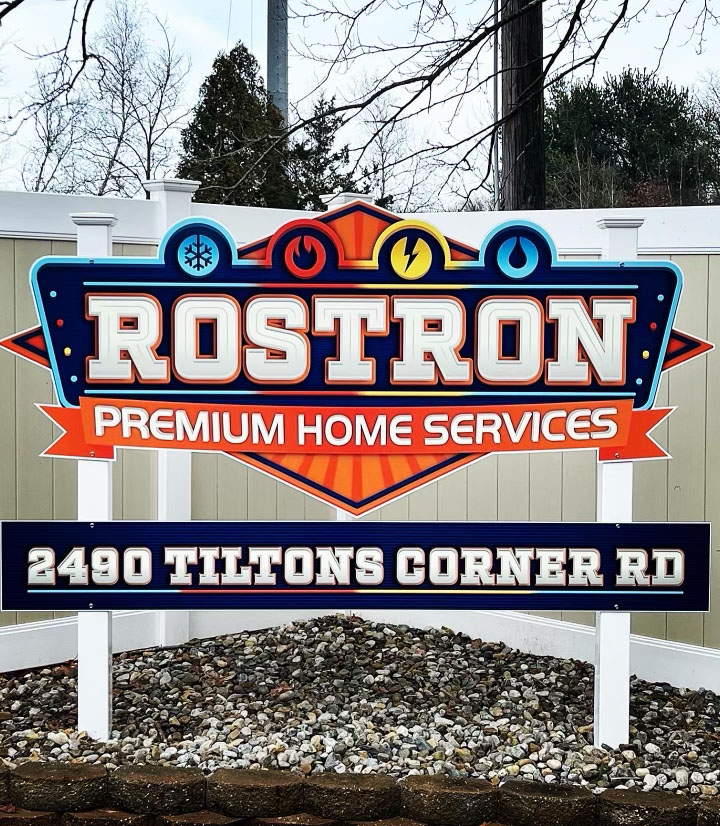
March 10, 2016
With so many different ways to approach improving home energy efficiency and performance, it can be difficult for many homeowners in Monmouth and Ocean counties to know where to start. Most people know what they’re looking to accomplish (enhanced home comfort, reduced energy bills, or something similar). The difficulty arises, however, in knowing how to move forward. To keep things simple, we recommend taking what we call the “ABC” approach to home performance.
The Importance of the Home’s Building Envelope
Everything starts with the home’s perimeter, also called the “building envelope.” This is essentially the physical separator between your home’s conditioned (heated or cooled) and unconditioned spaces. If the home envelope is tight and properly sealed, energy efficiency follows. In the opposite scenario, however, airflow can become a huge problem, contributing to what is commonly referred to as “stack effect.” Leaks in both the top and bottom of the home can create a constant cycle of airflow that will undoubtedly cause your HVAC system to work harder than it should have to, increasing your monthly utility bills to a marked degree.
Learning Your ABCs
Check out Your Attic
The first and most natural place to start when attempting to tighten the building envelope is your attic, which is the “A” of our ABCs. Did you know that an improperly sealed attic can contribute to as much as 25% energy loss in a home? Many New Jersey attics are not only loaded with tiny cracks and gaps that require air sealing but also suffer from a lack of insulation, both of which can be corrected with minimal intervention.
Seal Up Your Basement
The next part of our ABCs is the “B” section, or the basement. When it comes to stack effect and air exchange, the basement is almost as important as the attic. The presence of leaks in the basement allows outside, unconditioned air to enter, which pushes itself up through your home’s conditioned spaces and results in uncomfortable drafts. Seal and insulate your basement, and the problem disappears.
Connect the Miscellaneous Dots
Finally, we come to the “C” part of our ABCs, which stands for “connecting” the dots. Once your attic and basement are air-sealed and insulated, it’s important to look at other aspects of the home that can contribute to energy efficiency issues. These include, but are not limited to the following:
- Electrical and Gas Service Entrances
- Fireplace Dampers
- Attic Hatches
- Dryer Vent Openings
- Vents and Fans
The Tom Rostron team knows that a “whole home” approach must be taken to fully maximize home efficiency. We’re here to help you meet your goals. Contact us today to learn more and to schedule an appointment!



